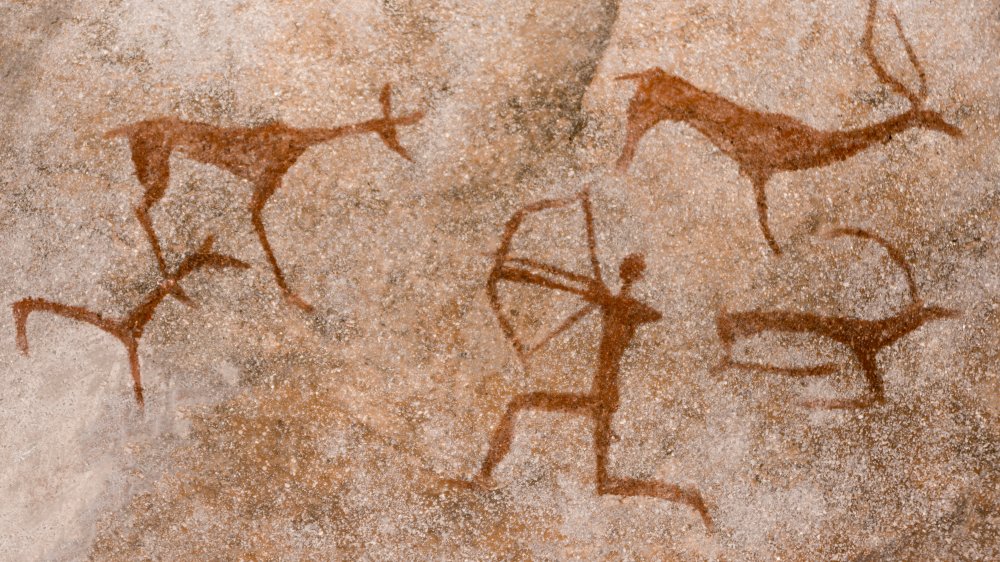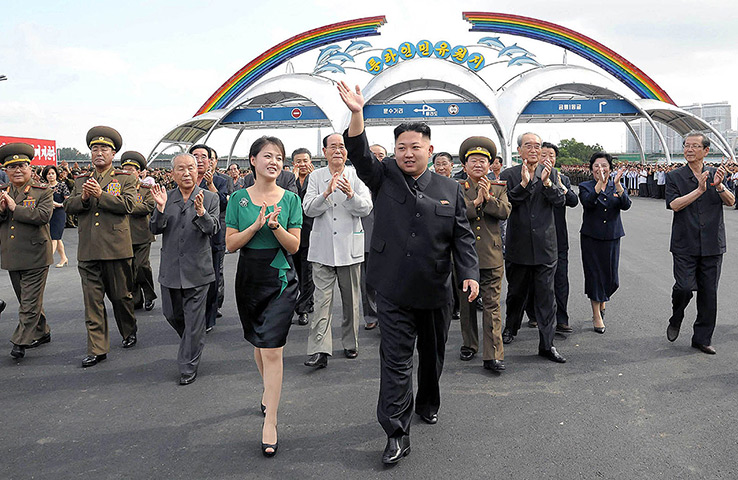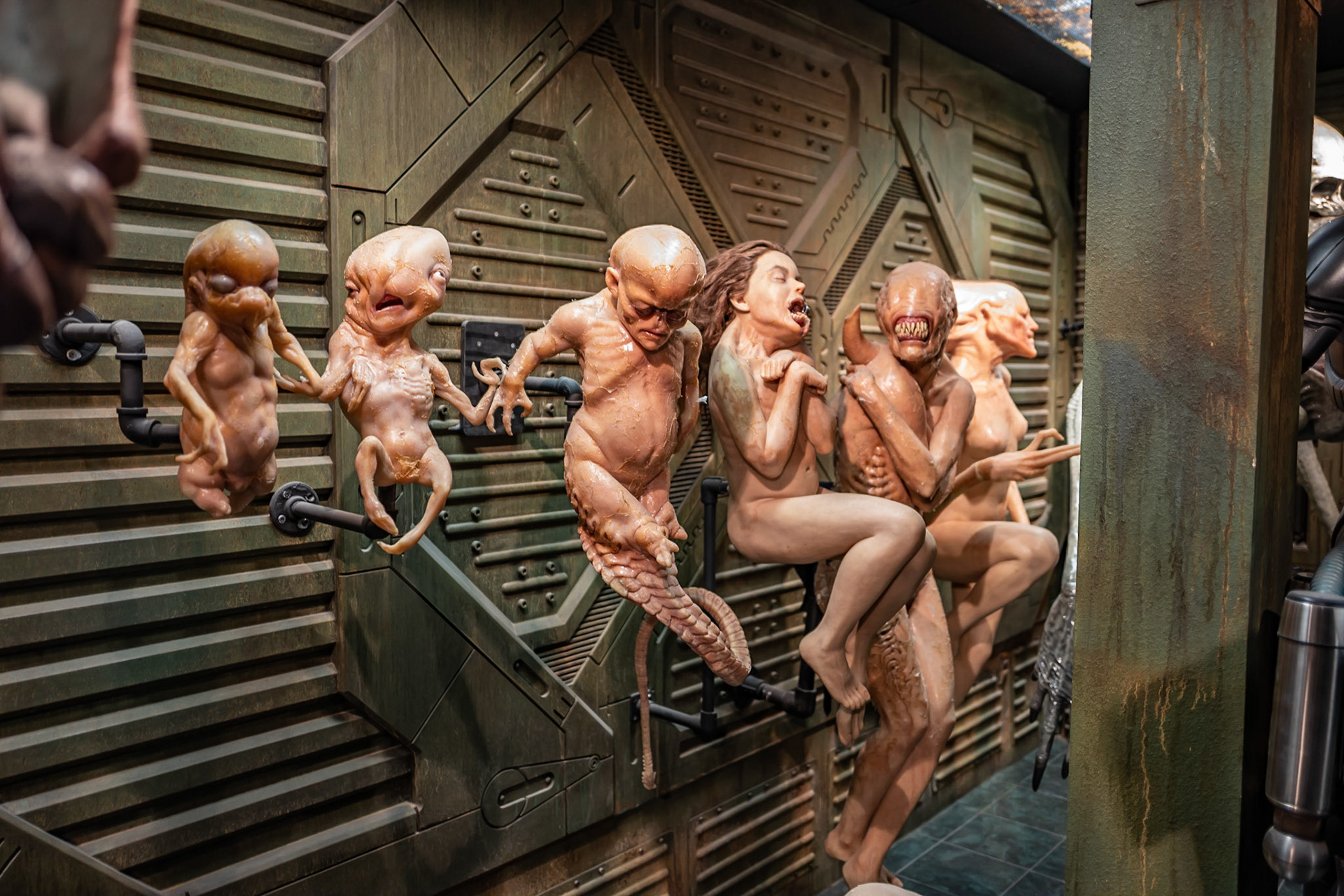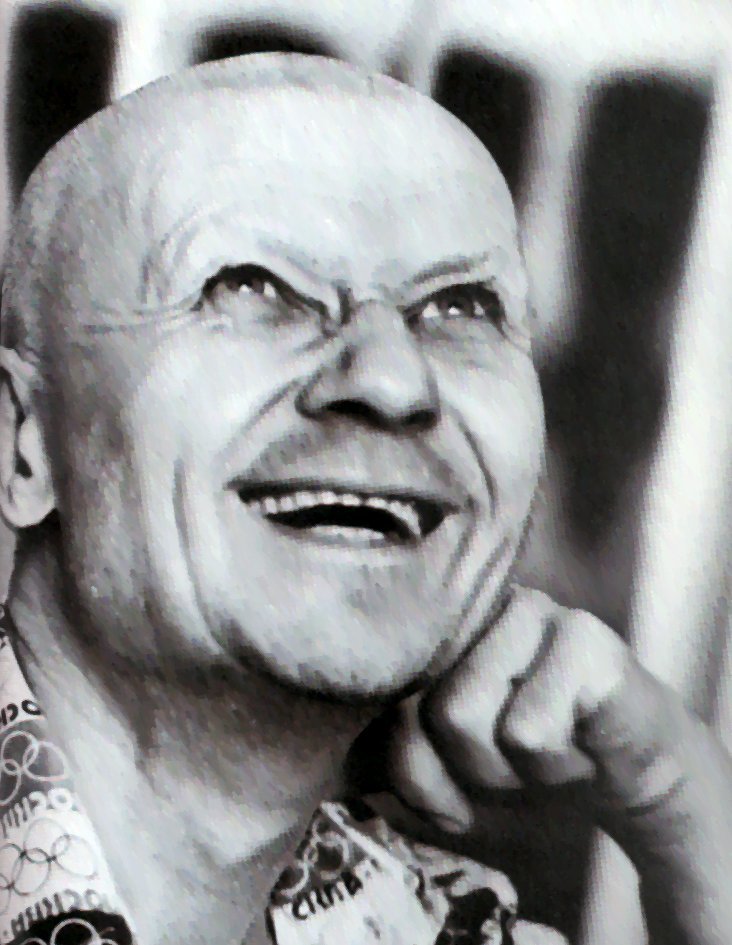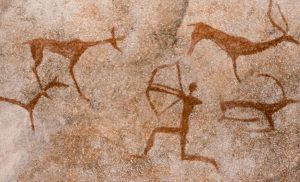15 moments that shook the planet
TIANANMEN SQUARE PROTESTS (1989)
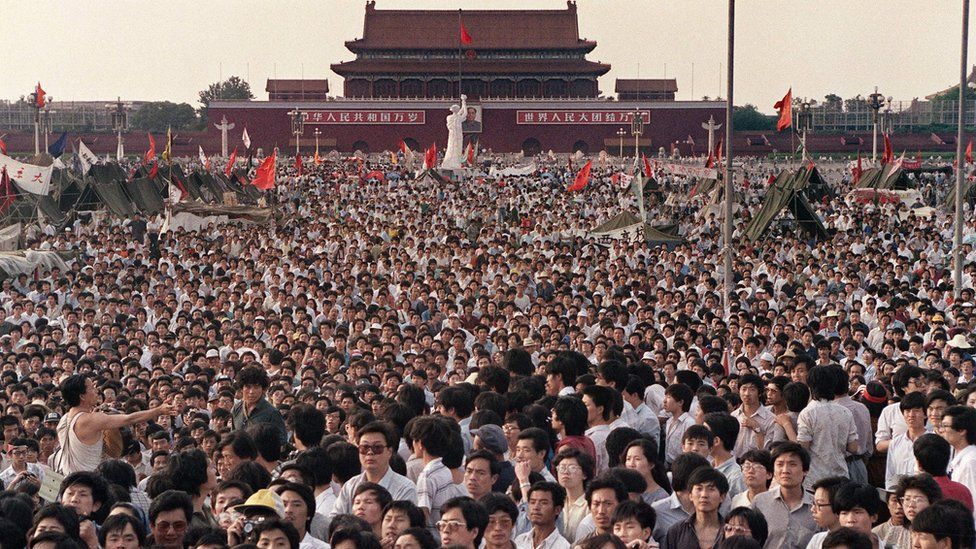
The Tiananmen Square protests of 1989 were a series of demonstrations in Beijing, China, that called for political reform, freedom of speech, and greater democracy. The protests, primarily led by students and intellectuals, began in April 1989 and gained momentum over the following weeks, with thousands of people joining the movement in Tiananmen Square, the symbolic heart of Beijing. The protesters erected makeshift tents, held hunger strikes, and conducted peaceful marches, demanding government accountability and an end to corruption.
The Chinese government, led by the Communist Party, responded to the protests with increasing hostility and force. On June 3-4, 1989, the government ordered the military to forcibly suppress the demonstrations, resulting in a violent crackdown. Troops and tanks moved into Tiananmen Square, firing on unarmed protesters and civilians. The exact number of casualties remains unknown, but estimates range from hundreds to thousands killed and many more injured or arrested. The government also imposed strict censorship and propaganda to suppress information about the events and control the narrative.
The Tiananmen Square protests and subsequent crackdown had profound implications for China’s political landscape and international relations. While the government successfully quelled the immediate unrest, the events of 1989 left a lasting legacy of political repression and censorship in China. The crackdown drew widespread condemnation from the international community and strained China’s relations with Western countries. However, the government’s efforts to erase the memory of the Tiananmen Square protests have made discussing the events a taboo subject within China. Despite the suppression, the spirit of the Tiananmen Square protests continues to inspire calls for democracy and human rights around the world.




